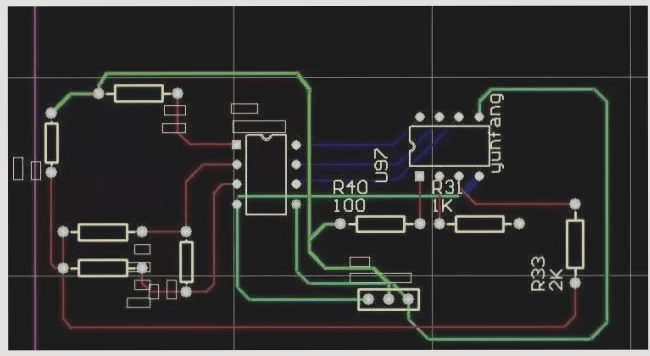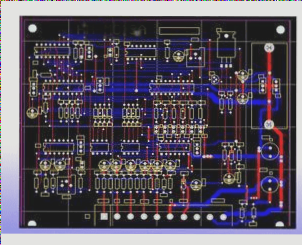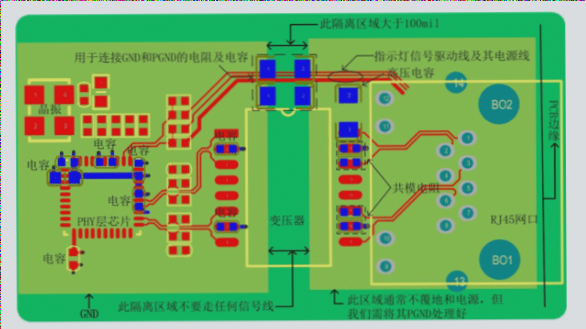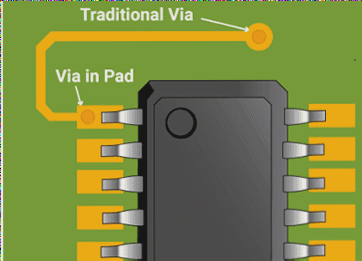PCB Inspection and Testing for Quality Control
PCB inspection and testing are crucial processes in the manufacturing of printed circuit boards to ensure product quality and reliability. These assessments help identify and rectify any defects, ensuring the PCBs perform optimally throughout their service life.
Evaluation of PCB Product Quality and Reliability
- Visual Inspection: Utilizing tools like magnifying glasses or AOI systems to check for abnormalities on the PCB surface.
- Microsection Cut Surface Inspection: Using a metallurgical microscope to examine plated holes for any irregularities.
- Dimensional Inspection: Assessing the shape, size, and positioning of various components on the board.
- Electrical Performance Test: Testing the conductivity and insulation properties of the PCB.
- Mechanical Performance Test: Evaluating the physical strength and durability of the PCB.
- Aging (Lifetime Reliability) Test: Testing the PCB’s resistance to various environmental factors over time.
- Other Tests: Conducting additional tests for factors like combustion resistance and solderability.
Advancements in PCB Testing
The evolution of high-speed signal transmission and electronic products has necessitated changes in testing methods. New tests now focus on fine patterns, insulation characteristics, and high-frequency evaluations to meet modern technological demands.
The shorter production cycles have also led to the development of faster and more cost-effective testing methods to streamline the evaluation process.
Integration into PCB Production Process
The testing and evaluation criteria mentioned above are integrated into the PCB production process to ensure final product quality and reliability. These assessments play a crucial role in determining the service life of the PCBs.
Electrical Testing of PCB Products
Electrical Testing in PCB Products
The evaluation of “on,” “off,” “open,” or “short” circuits is crucial in PCB products to ensure that the network status aligns with the original design requirements. With the rapid increase in PCB density, traditional needle-bed contact testing is facing limitations, leading to a shift towards non-contact testing methods in the future.
Contact Testing
Needle Bed Testing with Fixtures
- General needle bed test: Utilizes a grid matrix needle bed structure with gold-plated spring needles and pogo pin seats. Contact pressure between the needle tip and the test point should exceed 259 grams for reliable contact.
- Dedicated needle bed testing: Test points connect directly to the switch circuit card, eliminating the need for a grid of test needles but requiring a specialized testing fixture.
Testing Without Fixtures
- Flying probe testing: Tests “on” and “off” states using multiple pairs of probes, effective for high-density PCBs.
- Universal fixtureless testing (UFT): Test heads arranged in an array for high-density testing, accommodating up to 11,600 test heads per square inch.
Non-Contact Testing
- Electron beam testing: Differentiates between charged and non-charged points by collecting secondary emitted electrons to identify “open” and “short” circuits.
- Ion beam testing
- Photoelectric or laser beam testing
The quality of PCB products relies on rigorous quality control during production, with each stage contributing to the final product’s qualification rate. Maintaining high standards throughout the production process is essential to ensure the overall quality of PCB products.




